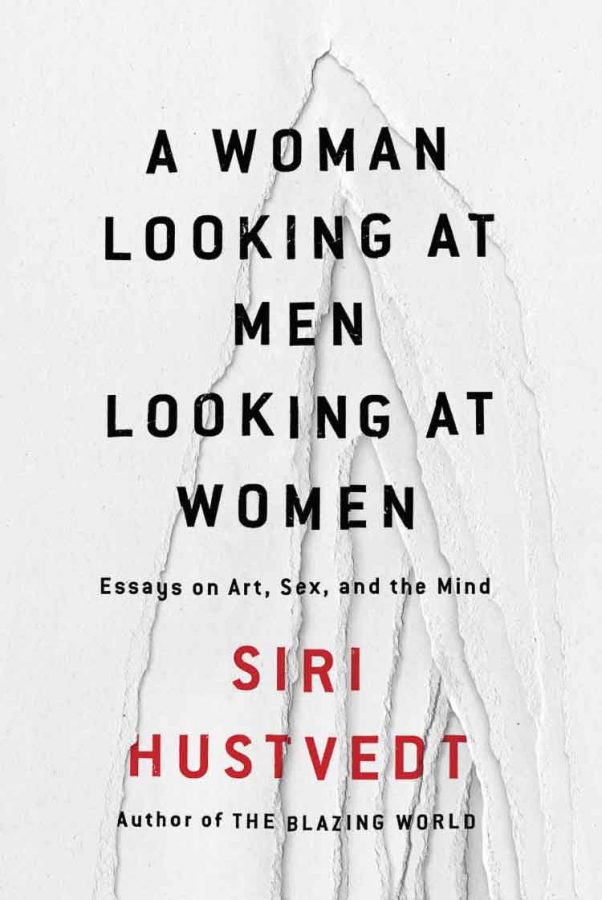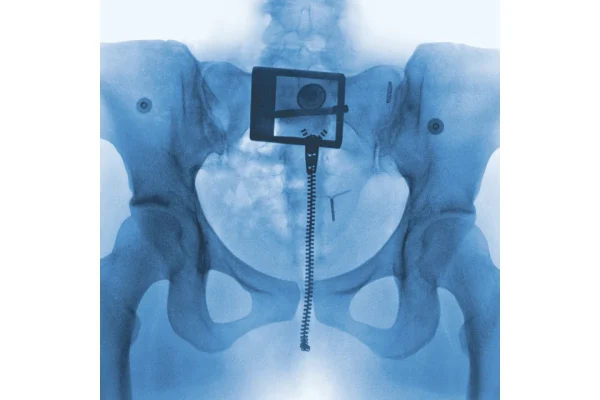The connection of science and art in Siri Hustvedt’s “A Woman Looking at Men Looking at Women”
The wealth of potential knowledge from multidisciplinary studies easily presents itself in Siri Hustvedt’s book “A Woman Looking at Men Looking at Women: Essays on Art, Sex, and the Mind.”
The book is composed of a series of essays that were written over four years of Hustvedt’s career as a cultural critic, psychiatric lecturer and essayist. It was released Dec. 6, 2016.
The book is separated into three sections. The first features essays on legendary visual and performance art pieces, important figures in contemporary literature and the origin of existential philosophy (philosophy regarding the human condition) in Søren Kierkegaard. The second is on the important distinction of mind versus body in epistemology, or the philosophy of knowledge. The third section is composed of lectures on psychiatry, specifically mental illness.
The essays, written on a variety of subjects, all have the purpose of illustrating and connecting concepts in psychology, psychoanalysis and neuroscience in regard to different forms of artistic expression. They allow for an intense understanding of the appreciation of art, literature and the humanities from the perspective of such strict scientific concepts.
Hustvedt provides one of the first more-or-less accessible explanations of one of the major goals of interdisciplinary studies by making an impressive attempt at connecting the scientific components of being human with artistic expression.
The book itself reads like a cross between existential philosophy and a textbook on cultural studies. And while there are a lot of people who will see this as a major turnoff, some will see it as a welcome challenge.
One essay compared the speculation that led to the stock market crash of 1929 to today’s art market. Using Jeff Koons’ piece “Balloon Dog,” which is a sculpture of a giant balloon-animal dog made of stainless steel, Hustvedt questioned the long-term value of investment in pieces in today’s art market.
Many of the problems this book has are minor. In addition to its intermediate-level style, the length can be a little-off putting at 576 pages. This only adds to its level of difficulty.
The more glaring problem of this book is its lack of clear purpose in some essays. Some of them are seemingly only written to illustrate interdisciplinary concepts, rather than point to any larger conclusions. However, most provide a context that can strongly justify the conclusions in the essays.
Hustvedt’s authority in the field of psychiatry is also semidubious because of her lack of a formal education on the subject. This can almost be forgotten because of her appointment as a lecturer on the history of psychiatry at Weill Medical College of Cornell University.
The biggest reason to read this book is to gain a better understanding of the terms that are used in the sometimes falsely dichotomous worlds of science and humanities. This book teaches an appreciation for the artistic qualities and soothingly logical nature of both worlds all at once.
It’s a book that I would highly recommend to anyone majoring in psychology, philosophy, English or studio art. It brags a clear and contemporary appreciation for art and literature while putting it in psychiatric and neurological terms.
For a challenging and richly rewarding guide through the connecting factors in neuroscience and the humanities, take the time to read this book. It’s worth it.








